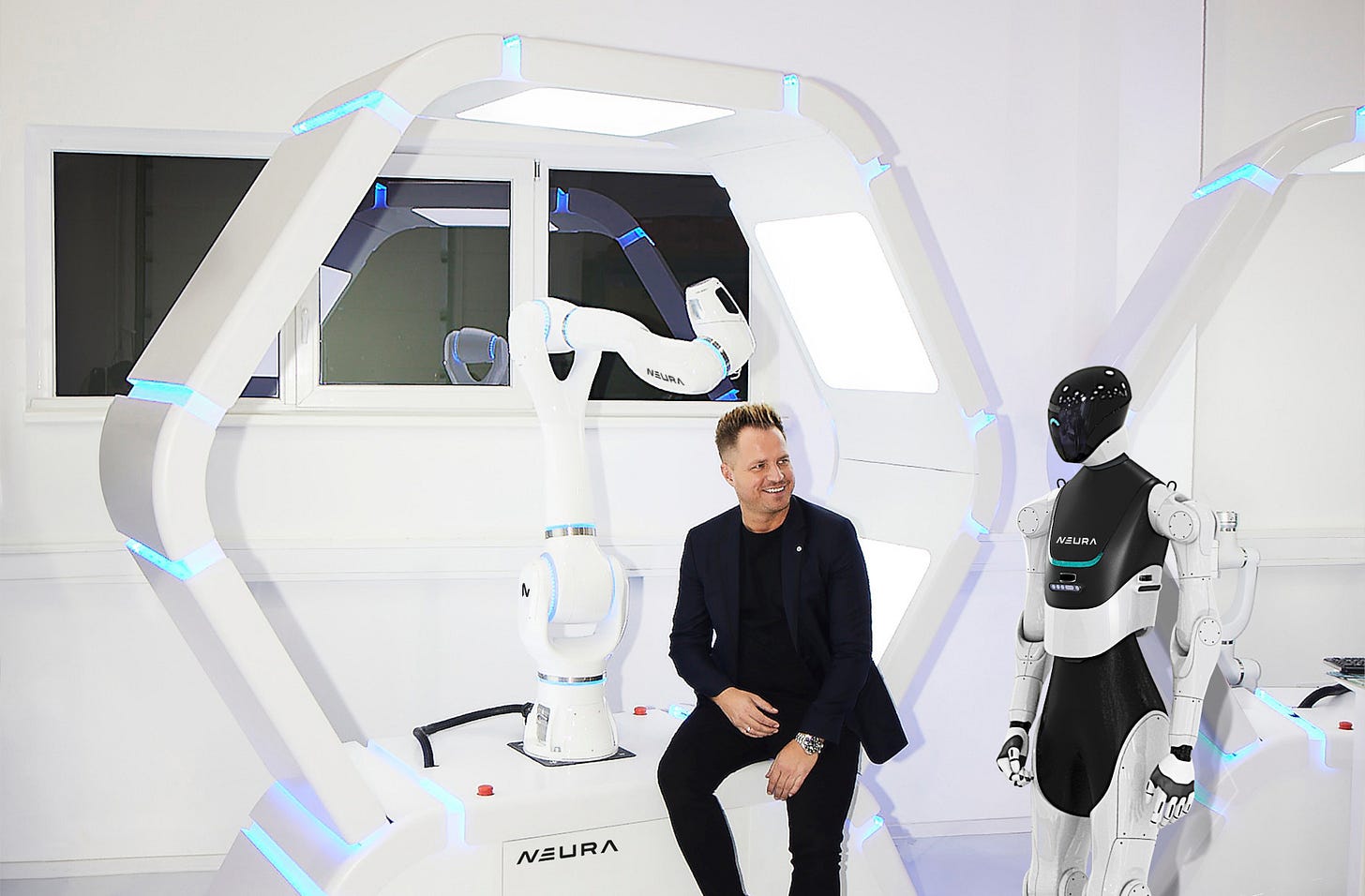Humanoid robots remain years away from prime time, Bain finds
Current early deployments all remain in controlled pilot programmes, the global consultancy notes in its latest annual technology report

Humanoid robots attracted $2.5 billion in venture capital investment in 2024, but the technology remains far from commercial readiness despite widespread industry excitement, according to the latest Global Technology Report from the consultancy Bain & Company.
Most humanoid robots today operate in pilot phases with heavy dependence on human supervision, the consulting firm found. Current demonstrations often mask technical constraints through staged environments or remote supervision, creating what Bain calls an “autonomy gap.”
“Reality check: Humanoid robots aren’t ready for prime time yet,” the report notes. “Most humanoid robots today remain in pilot phases, heavily dependent on human input for navigation, dexterity, or task switching.”
The assessment comes as demographic changes in advanced economies could lead to labor shortages, with working-age populations declining by up to 25%. This demographic shift has fueled expectations for robot deployment across industries.
Bain identified four critical capabilities that will determine progress: intelligence, perception, handling and power. While artificial intelligence and sensor technologies are advancing rapidly and could reach human-level performance within two to three years, dexterity and battery life lag significantly behind.
Battery performance presents a major constraint. Most humanoids today operate for only about two hours, and achieving a full eight-hour shift without recharging could take up to 10 years, according to the report. Current robots require operational innovations such as swappable batteries or continuous charging to function in work environments.
“Despite advances, dexterity and fine-motor control are still in relatively earlier stages, with real gaps in tactile sensitivity and precision,” Bain noted. However, not all jobs require human-level dexterity, with tasks like warehouse sorting or tray delivery executable with current mechanical capabilities.
The most promising short-term applications involve hybrids that combine human-like perception with wheeled platforms rather than fully bipedal general-purpose robots. Commercial deployment will unfold in controlled industrial environments first, followed by service settings, and eventually open real-world applications once dexterity and energy density improve.
Within three years, Bain expects first commercial applications in semi-structured tasks such as tote picking and palletising inside warehouses and factories. Five years out, improved capabilities should support robots in service settings like hotel room preparation and hospital supply delivery.
The report emphasises that technological readiness represents only part of the challenge. Commercial success also requires regulatory pathways, safety certification, workforce acceptance and public trust in machines that resemble humans.
“Humanoid robots will not replace broad swaths of labor overnight, but they will arrive in waves,” Bain concluded.
